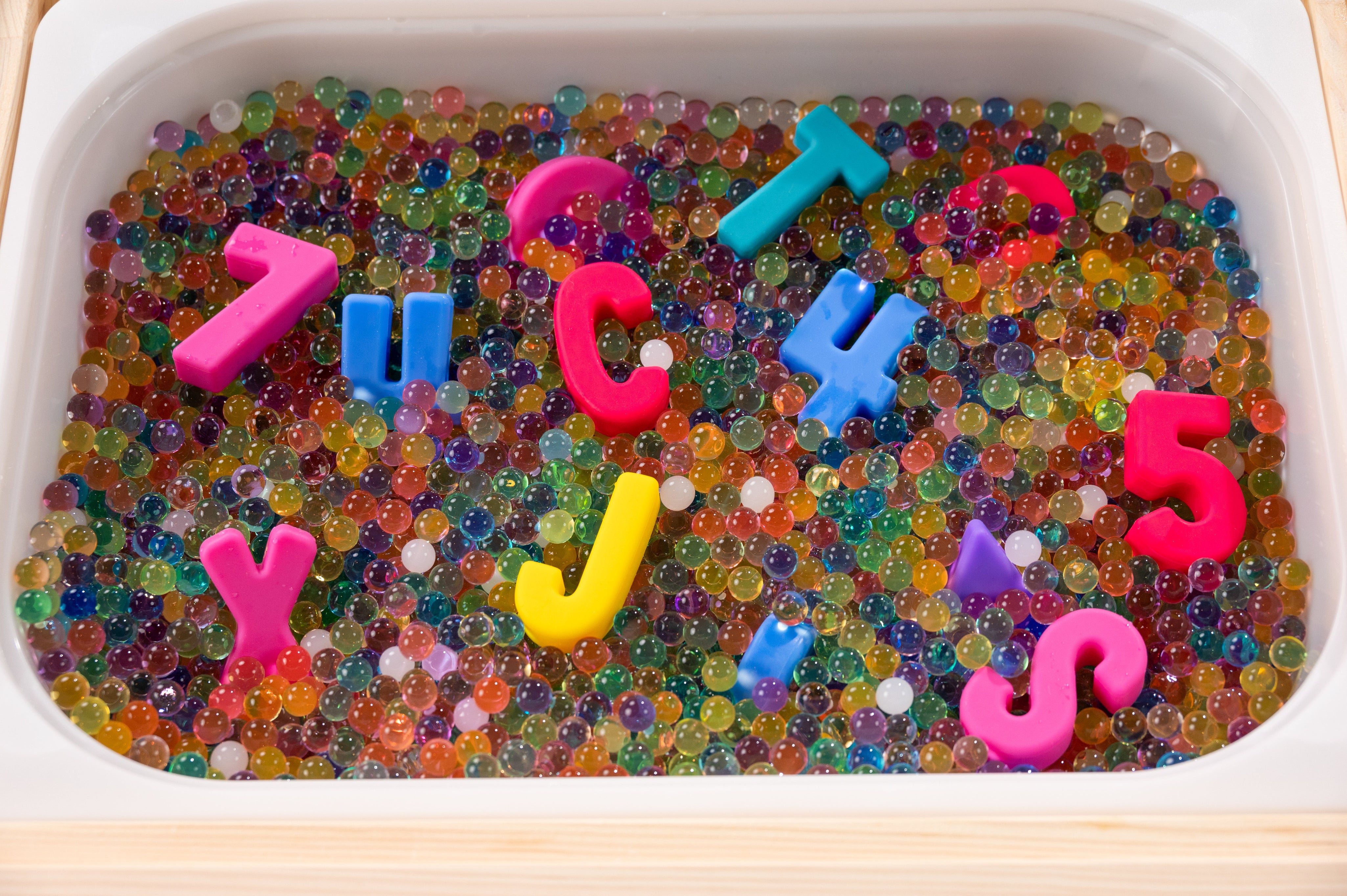Benefits of Sensory Play for Disabled Children

Written by Meg Raby Klinghoffer
Too much or too little? It is common for children and adults with both visible and invisible disabilities to experience the senses in a variety of ways that impact their ability to regulate and to engage and focus. Read that again. Good. Now repeat after me: These are not wrong or broken brains housed in their heads. They’re simply different. For example, food can be too mushy, putty can be too sticky and the ambient noise of the air conditioner can sound like a train racing from ear to ear. For others, being able to sense where their body is in space, or proprioception, can be difficult. You might see a kid leaning against a wall or a child pressing their chin into the shoulder of a loved one seeking sensory input so they can achieve a sense of regulation and peace within their body.
The fancy term for a differing neurology, or a different way in which the brain works, is neurodivergent. With neurodivergence often comes disability and here at D&J we believe disability is NOT a dirty word and we believe every disabled child deserves equal access to play and the accommodations necessary. We’ve spoken with a quite a team and have come to see that sensory play is especially beneficial for disabled children–
If there’s no peace, there’s sure as heck not going to be time for playing and learning! And if we know that sensory play is essential in social, emotional, and cognitive development, we know we need to help our disabled children get to a place of peace, a place of regulation. We also need to do our best to help them advocate for their sensory needs across settings and not just in the home–we’ll take this moment to encourage you to take a look at your child’s IEP and to discuss with their team the importance of including self-advocacy goals and sensory processing needs within it. Again, no peace and regulation, no learning and fun can happen. (For me, no coffee and caffeine and no outdoor activity time, I can kiss all productivity out the window!)
You know your child best. Do they love deep pressure or squeezes? Maybe they’d like to squeeze the D&J Squeeze And Stack Blocks or to open up a container of playdough and roll and squeeze it into little fish shapes on top of our Under The Sea Placemat ? Or perhaps they love the feel of water and are always wanting access to the bathroom and kitchen sinks–maybe they’d enjoy the D&J Bag of Chips to get their hands on as they clink and trickle between their fingers or maybe they’d like to play with the silicone numbers in a water tub outside. It’s always a positive idea to start out with sensory play you know they’d enjoy, let them get their sensory needs met and then introduce novel sensory play.
We say this a lot, but get your child’s occupational therapist (OT) involved. They are gurus at sensory processing and know how to respectfully approach your specific child and to get them the sensory diet, or sensory accommodations, that is perfect for them. Learn something new from your child’s OT you think the D&J community should know about? Share on social media and tag us @dominoandjuliette!

